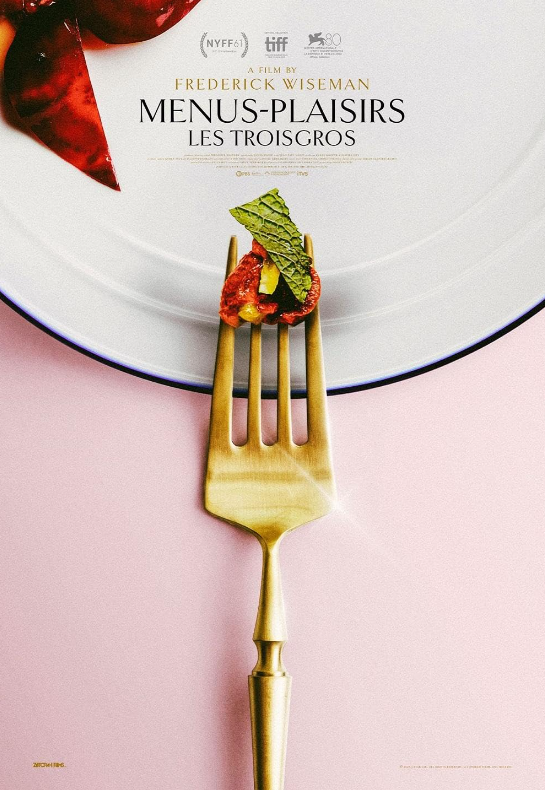
Considered one of the most influential cuisines in the world, Moroccan food combines flavors that are seen around the globe. Professional chefs salivate at the mention of its warm grains and complex spices. They long to achieve the depth in flavor that these dishes traditionally offer. Although I can’t help you feel out the perfect balance of herbs, this article will guide you through the complex and wonderful cuisine of Morocco.
The first step is to outfit your kitchen with the staple ingredients in every Moroccan kitchen, and that means taking a long trip down the spice aisle. There are a lot of herbs in this cuisine. The most common include classics like onions, garlic, parsley, cilantro, coarse salt, black pepper, cinnamon and sesame seeds. Also seen in most Moroccan kitchens is ground ginger, white pepper, hot and sweet paprika, cumin, saffron threads, anise and bay leaves.
Along with those better known spices, there’s the local selection. Ras el hanout, meaning “head of the shop,” is a spice blend made from the best ingredients the store has to offer and is used in some daily cooking, but often is saved for specialty dishes. Lastly for the spice cabinet is what I consider the most exotic of the bunch, comprised of chiba (wormwood), salmia (sage), louisa (lemon verbena) and za’atar (wild thyme.) It would be a ridiculous request for most college students to have all of these spices at once so I suggest buying on a recipe to recipe basis.
Other staples in Morocco include couscous, sugar, Moroccan olive oil, green tea, orange flower water, rose water, semolina flour, all-purpose flour, dried beans, preserved lemons and olives.
The first dish is called harissa, a hot chili paste found in many dishes in Morocco. Begin by soaking dried red peppers for 30 minutes. A mixture of chile de arbol, ancho chiles and guajillo chiles will provide a medium heat level. When the chiles become malleable, remove the stems and seeds. In a food processor, combine the peppers, garlic, salt and olive oil until it reaches a paste-like consistency. Add caraway seeds, coriander, cumin and paprika and mix thoroughly. This will keep up to three weeks in your fridge and can be eaten as a spread on bread, meat, vegetables and basically anything you can find in your kitchen.
In Morocco, the tagine is both a cooking instrument and a delicious recipe. The tagine as a tool is a large ceramic or clay dish with a large, pointed lid. As a recipe, tagine is versatile. Much like pasta in Italy, there are hundreds of flavor and ingredient combinations that can be presented through a tagine.
This recipe is for a classic and relatively simple chicken tagine. Combine finely chopped garlic, ground cumin, ginger, sweet paprika, salt, black pepper, grated Spanish onion and olive oil. Add the pulp from a few preserved lemons to the bowl along with bone-in chicken thighs. Place this mixture into a large plastic bag and marinate overnight in the refrigerator. Although this is traditionally made using a ceramic or clay tagine, a large Dutch oven or casserole dish will also do. Place the chicken with the marinade, cilantro and parsley stems, powdered saffron and some water into whatever dish you are using. Bring this to a boil then lower it to a simmer and cook, stirring semi-regularly, until the chicken is tender. Remove the chicken from the pot and move to a serving platter. Keeping the sauce in the pan add the preserved lemon peel from before, olives, parsley and cilantro. Reduce until thick, which should not take more than 5 minutes. Remove the chicken’s skin, pour the sauce over it and serve.
In Morocco there seems to be a national sweet tooth. I’ve even heard rumors of Moroccans adding sugar to their drinking water to make it more appetizing. In the spirit of sweets, the last dish I will present to you is a traditional dessert called Kaab el Ghazal, or Gazelle Horns. These crescent-shaped cookies are eaten with mint tea at a meals end on most special occasions.
Start off by making the almond paste that will fill the pastry dough. Blend the almonds into a paste in a food processor, then hand mix in sugar, cinnamon, orange flower water and gum Arabic powder until the paste is smooth and moist. For the dough, combine flour, salt, eggs, melted butter and orange flower water and knead until silky and elastic. Divide dough into equal portions and cool for at least 15 minutes in the fridge. Lightly dust a surface with flour, roll out the dough until thin but still workable, pipe a sausage shaped piece of the almond paste onto the edge of the dough, a fold into a crescent shape and make sure all edges are sealed. Bake for 10-12 minutes at 350 degrees and enjoy. For a variation to this recipe, dip the cookies in orange flower water and dust with powdered sugar.
Hop over to the land of spices, diversity and exoticism and recreate these Moroccan dishes in your home. If you succeed you will achieve the dream of professional chefs around the globe.
Adria Kelly can be reached at [email protected].





















